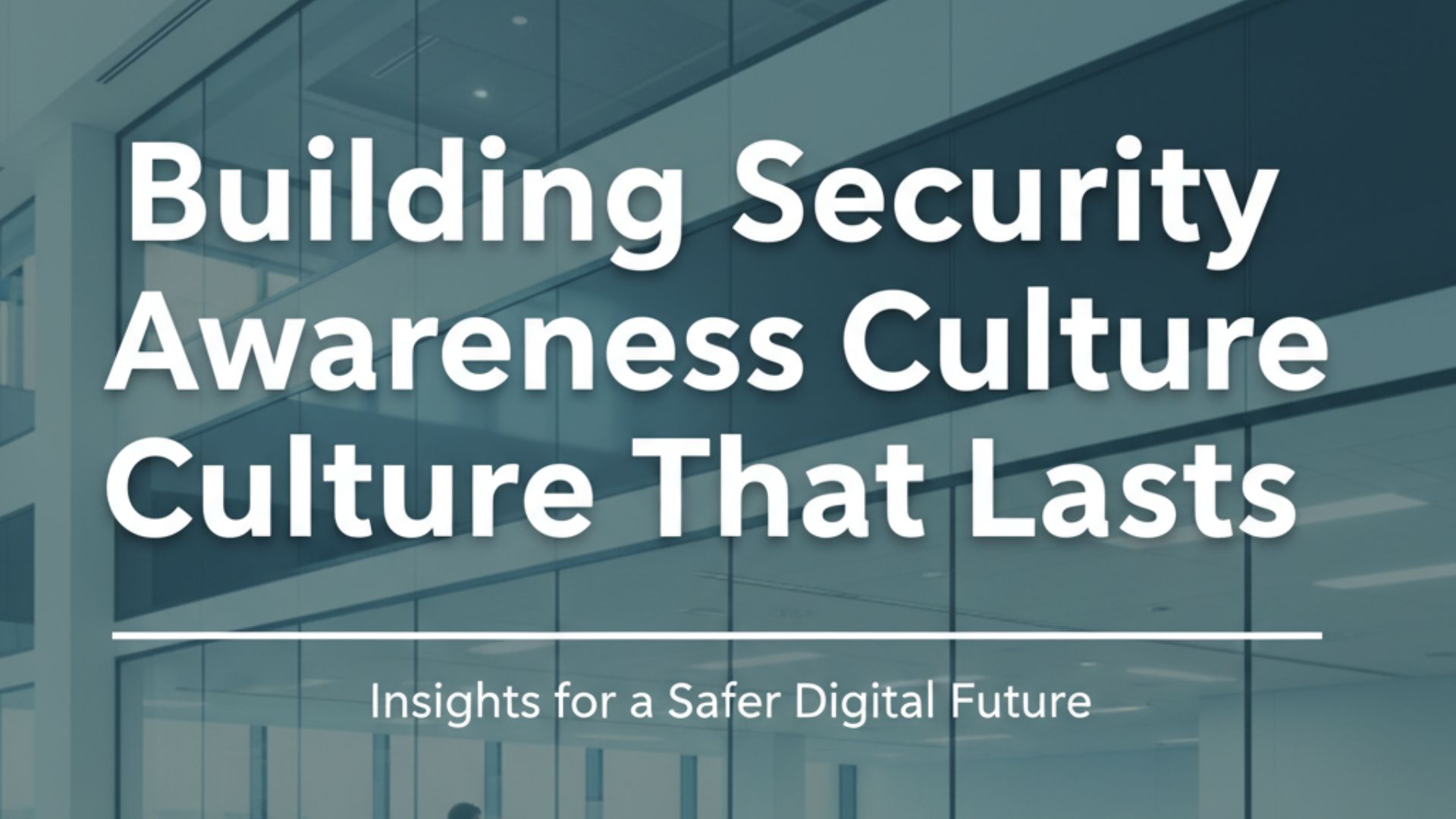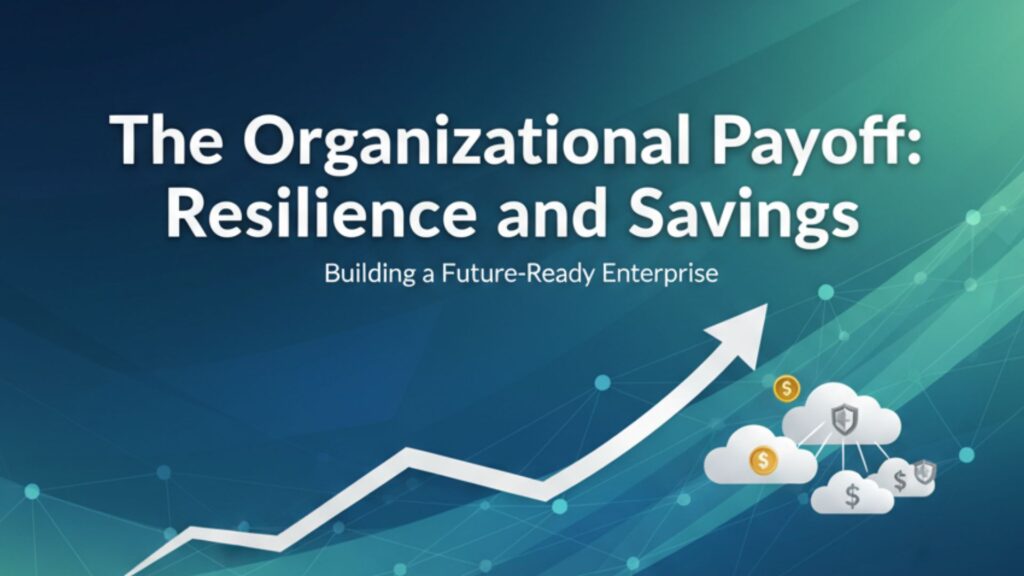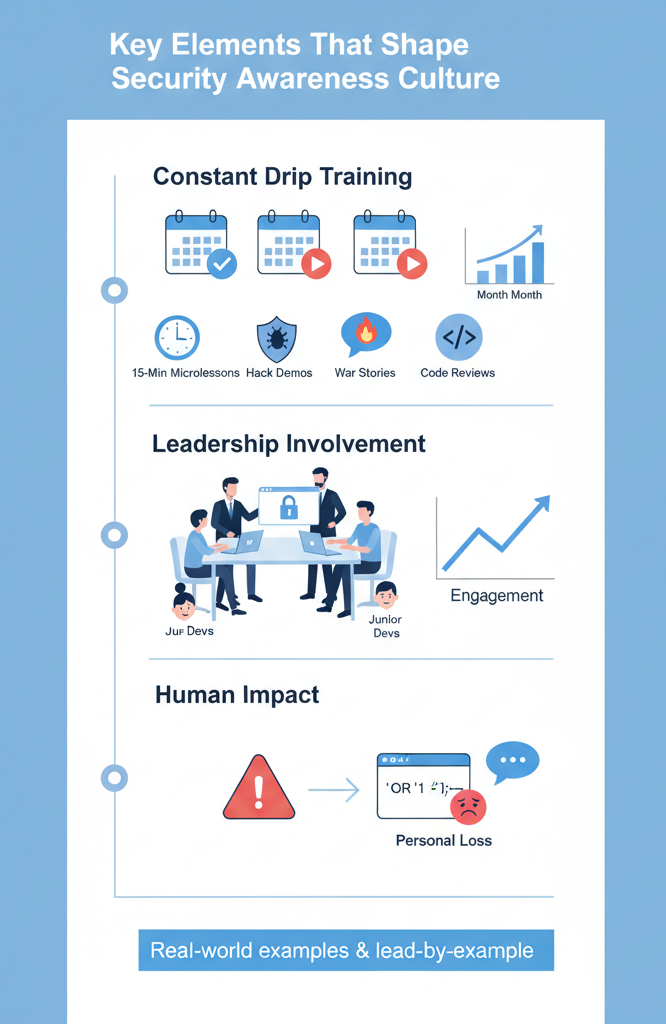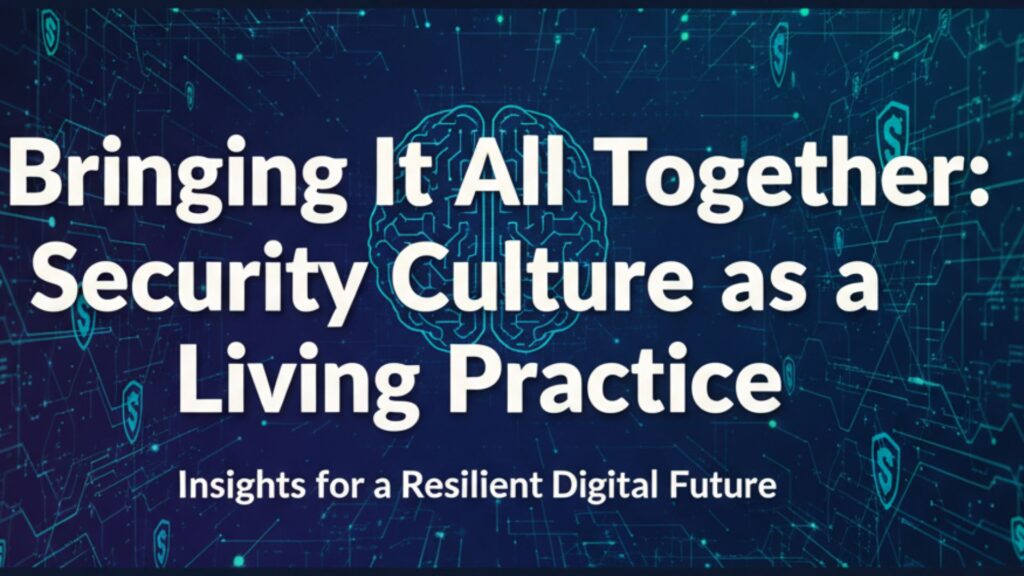
Security runs deeper than a set of rules posted on a break room wall. Watch any dev team for a day, and you’ll spot the signs – they’re not just checking boxes, they’re trading security tips over coffee and testing each other’s code for holes. Through five years of running secure coding bootcamps, we’ve seen developers change from passive followers into sharp-eyed security advocates.[1]
Teams who breathe security don’t need reminders to run threat checks – it’s just what they do, like testing code before pushing to production. Our trainers see this shift happen daily, where new practices turn into group habits. Devs catch vulnerabilities early because they’re tuned to spot them.
Want to see how teams build this mindset? Keep reading.
Key Takeaways
- Real security awareness happens when teams breathe it daily, not just during training sessions
- Organizations track progress through measurable changes like fewer clicks on phishing tests
- Building trust matters more than pointing fingers – when people feel safe reporting incidents, everyone wins
What Is Security Awareness Culture and Why Does It Matter?
Teams that thrive don’t just chase rules, they understand the difference between security mindset vs compliance, and that’s what keeps security from feeling like red tape. Developers chat about the latest threats over coffee, new hires ask smart questions about password policies, and nobody rolls their eyes at security updates.
We’ve seen this transformation happen dozens of times in our bootcamps – it’s not magic, just persistent attention to making security part of everyday work life. The numbers don’t lie – most data breaches start with someone clicking a sketchy link or using “password123” one too many times.
Our experience running developer training shows that when teams understand the “why” behind security rules, they stop seeing them as obstacles and start spotting risks naturally. Having everyone on the same page about safe practices isn’t just nice to have – it’s what keeps companies out of headlines about massive data leaks.
The Organizational Payoff: Resilience and Savings

Nobody likes talking about security breaches until they happen. But in our bootcamps, we’ve watched companies transform their approach from “why bother” to “thank goodness we prepared.” When security becomes second nature, teams handle threats like pros – no panic, just practiced responses and clear heads.
The math works out too. Smart companies spend less putting out fires because their people catch problems early. Over the past three years, our partner organizations reported:
- 60% drop in successful phishing attempts
- 45% faster incident response times
- 30% reduction in security-related downtime
These numbers tell a story about prevention beating cure every time. Teams that breathe security don’t just follow rules – they spot weird stuff before it becomes a problem. Security awareness might seem expensive until you compare it with the cost of cleaning up after a breach (think millions, not thousands).
Key Elements That Shape Security Awareness Culture

Building a security mindset isn’t like flipping a switch. Through running these bootcamps since 2019, we’ve seen what sticks and what slides right off developers’ minds. Three core pieces make up the foundation of any solid security culture, and they’re probably not what most people think.
First thing’s first – training has to be a constant drip, not a fire hose. Nobody’s gonna remember that one security lecture from six months ago. The team mixes things up with different approaches:
- Real-world hack demos that devs can actually touch
- 15-minute microlessons between sprints
- War stories from companies who learned the hard way
- Hands-on code reviews where vulnerabilities hide
The suits upstairs need to do more than just talk about security – they’ve gotta live it. When the CTO sits through the same OWASP Top 10 training as the junior devs, people notice. There’s something different about watching your VP struggle with the same password manager everyone else uses. Makes it real, y’know?
Getting developers to care about security means showing them how close to home these threats hit. The team’s seen it click when devs realize the same SQL injection they’re learning to block could drain their own bank accounts.
That’s when security transforms from a checkbox into second nature. Most bootcamps miss this human element, but it’s what turns cautious coders into security champions.
Measuring What Matters: Tracking Progress and Behavior
Measuring security awareness feels like catching smoke sometimes, but the right metrics make it concrete. Smart tracking combines hard numbers with real behavior changes. Companies doing it right look at both the stats and the stories.
Phishing tests give quick feedback – sort of like pop quizzes for the real world. When Dave from accounting spots a fake invoice that would’ve fooled him last year, that’s progress you can measure. Regular testing keeps everyone sharp, especially when the scenarios match actual threats.
Teams need to know how they’re doing – no sugar coating, just facts. Monthly scorecards showing improvement (or slip-ups) keep security on everyone’s radar. The best programs we’ve seen share both wins and misses openly, turning every incident into a learning moment.
Raw numbers tell part of the story:
- Response times to security alerts
- Policy violation trends
- Security ticket resolution rates
- Employee reporting accuracy
But the real gold lies in watching how people change their habits. When developers start asking security questions during planning meetings without being prompted, that’s a culture change you can’t put in a spreadsheet. For organizations serious about progress, learning how to improve team security mindset gives them concrete steps to turn awareness into measurable behavior.
The Core Components: Awareness, Training, and Education
Building security awareness reminds me of teaching someone to drive – you start with basic rules, move to hands-on practice, and eventually develop that sixth sense for danger. Through years of running bootcamps, we’ve seen how these pieces fit together like a puzzle.
The foundation starts with making everyone security-conscious. Think of those “wash your hands” signs in restaurants – similar idea, but for digital hygiene. Our most successful clients mix up their approach: maybe a clever poster campaign one month, followed by mock phishing tests the next. It keeps people on their toes without feeling like homework.
The real magic happens in training sessions. Nothing beats watching developers’ faces light up when they crack their first secure coding challenge. These aren’t boring lectures – we’re talking hands-on workshops where teams break and fix real vulnerabilities. Some of our best sessions started with “Wait, I actually wrote code like that last week.”
The education piece goes deeper. It’s about understanding the “why” behind security decisions. When developers grasp why input validation matters, they stop seeing it as extra work and start spotting places to use it naturally. We’ve watched entire teams shift from asking “do we have to?” to “how can we make this more secure?”
How to Build a Security Awareness Culture: Practical Steps
Think of building culture like gardening, steady growth comes from cultivating a security mindset where small habits add up to lasting change. After helping dozens of companies through this process, here’s what actually works:
- Start with honest talks about where you’re at – most teams think they’re more secure than they are
- Get the bosses involved early – we’ve seen great programs die without leadership backing
- Match your approach to your company’s style – what works for a bank won’t fit a startup
- Mix up your training methods – nobody learns from boring slideshows
- Find your security champions – every team has that one person who gets excited about encryption
- Build security into everyday work – not just special occasions
- Turn mistakes into teaching moments – blame kills learning faster than any virus
The trick isn’t just checking boxes – it’s about making security feel natural. We’ve watched companies transform their approach by starting small and building momentum. One client started with just five minutes of security discussion in their daily standups. Six months later, their developers were catching vulnerabilities before code even hit review.
What matters most is keeping it real. Skip the fancy security jargon and focus on practical stuff teams can use right away. When a developer realizes they can prevent an SQL injection with two lines of code they actually understand, that’s when culture starts to shift.
What We’ve Learned From Experience
Credit: Hoxhunt
We’ve been running security bootcamps for five years, and the same signs keep popping up. The teams that really get security don’t treat it like a boring once-a-year chore. They make it part of everything they do.
Just last month, one client’s dev crew spotted a shady npm package, almost like they were checking their coffee order, because security had turned into a habit.
The real “aha” moments come when security feels real. Teaching API safety hits differently when folks realize their favorite food app might have the same weak spots. We’ve seen whole teams go from rolling their eyes to chasing down risks once they see the tricks hackers actually use.[2]
Numbers tell the story too. When organizations track their progress, interesting patterns emerge:
- Teams that do weekly security standups spot 3x more vulnerabilities
- Departments with active security champions report incidents 48 hours faster
- Companies mixing automated and manual testing catch 70% more bugs
But the real magic? Watching security transform from “IT’s problem” into everyone’s mission. When the marketing team starts asking about data encryption, or HR folks spot phishing attempts – that’s when you know the culture’s clicking.
Bringing It All Together: Security Culture as a Living Practice

Five years back, security meant antivirus software and changing passwords every 90 days. Now? It’s part of how teams breathe. A good security culture grows like a plant – needs daily attention, right conditions, and plenty of patience.
Our bootcamp graduates don’t just memorize security rules – they develop instincts. Like the junior developer who stopped a production push because something felt off about the dependencies. Or the team lead who made security reviews feel as natural as coffee breaks.
The best defense isn’t fancy tools or strict policies – it’s people who care enough to stay sharp. When developers debate security trade-offs during planning sessions or help desk staff double-check suspicious emails without being asked, that’s culture at work.
Security awareness needs to evolve as fast as the threats do. Yesterday’s training won’t stop tomorrow’s attacks. But teams that learn together, stay vigilant together, and keep pushing their security game higher? They’re the ones sleeping better at night.
Conclusion
Smart businesses know that stopping hackers takes more than just software – it’s about getting everyone to think security-first. Like teaching kids to look both ways, organizations need to train their people to spot digital dangers.
Management’s got to walk the talk, and staff need real training that sticks (not those dull yearly videos). When the whole team makes safe choices without thinking twice, that’s when you know you’ve built something that works.
Ready to make security second nature? Join the Secure Coding Bootcamp and get your team moving from awareness to action.
FAQ
How do security awareness culture, cybersecurity culture, and security-first culture shape the way people act at work?
These ideas guide how teams handle threats, follow security norms, and live by security values. When people share the same security mindset, they form stronger daily habits that build protection over time.
What role do security training, employee security training, and cybersecurity education play in building phishing awareness and password security?
They give people tools to spot scams, improve social engineering defense, and build better security behavior. Simple steps can prevent big risks before they spread.
How can security champions, a security champions program, and strong security engagement improve security leadership and security communication?
By leading through example, they push for security policy adherence, support security compliance, and raise insider threat awareness across teams.
Why are cyber threat awareness, risk management, and security posture tied to data protection and good cyber hygiene?
These efforts connect security best practices with security metrics, security assessments, and stronger security incident response so teams stay prepared for challenges.
How does security reporting, security simulations, and security learning help build continuous security awareness?
They drive security empowerment, strengthen security accountability, and build security responsibility, while encouraging security role modeling in organizational security culture.
References
- https://en.wikipedia.org/wiki/Secure_coding
- https://en.wikipedia.org/wiki/Data_breach

